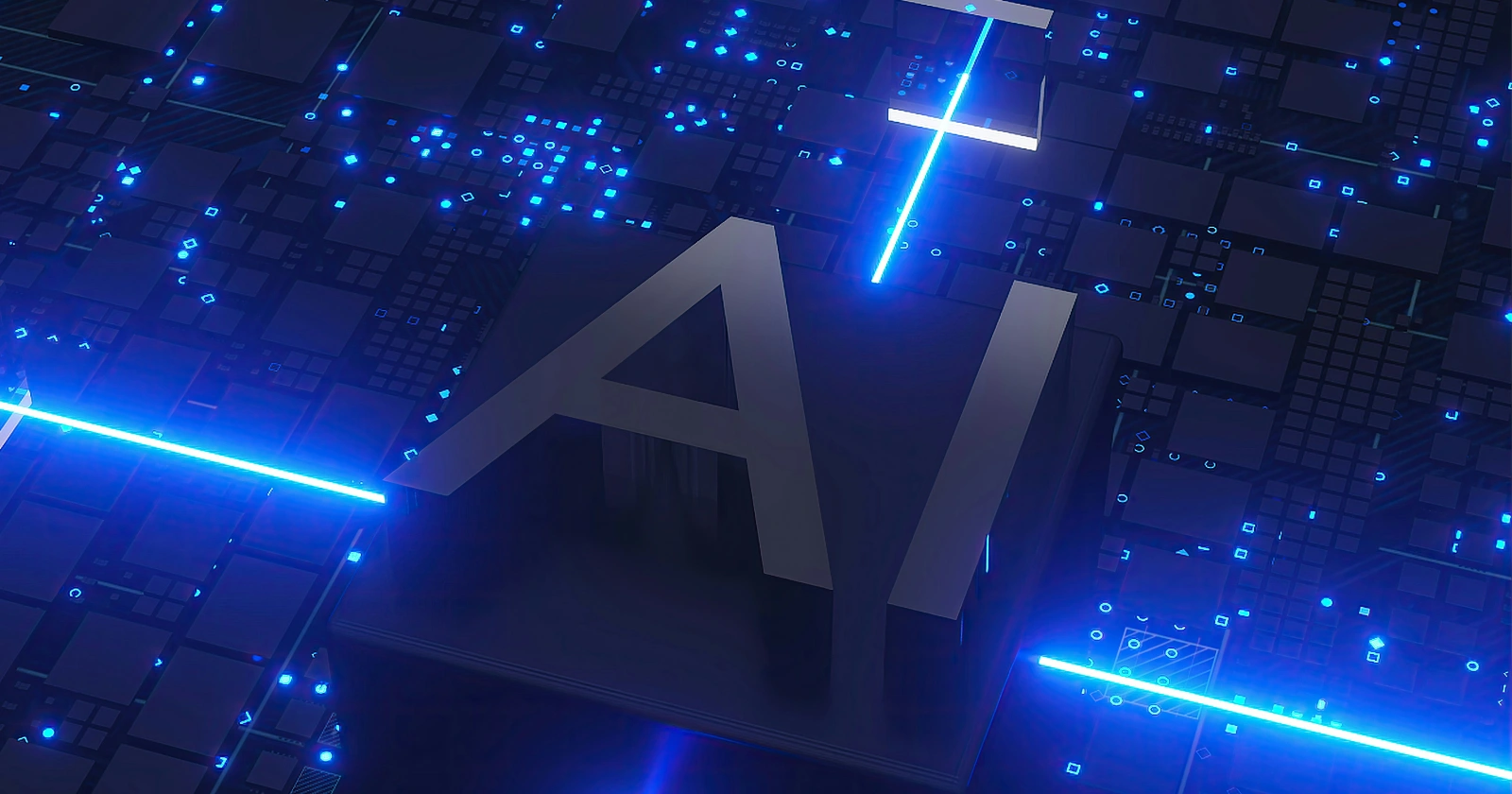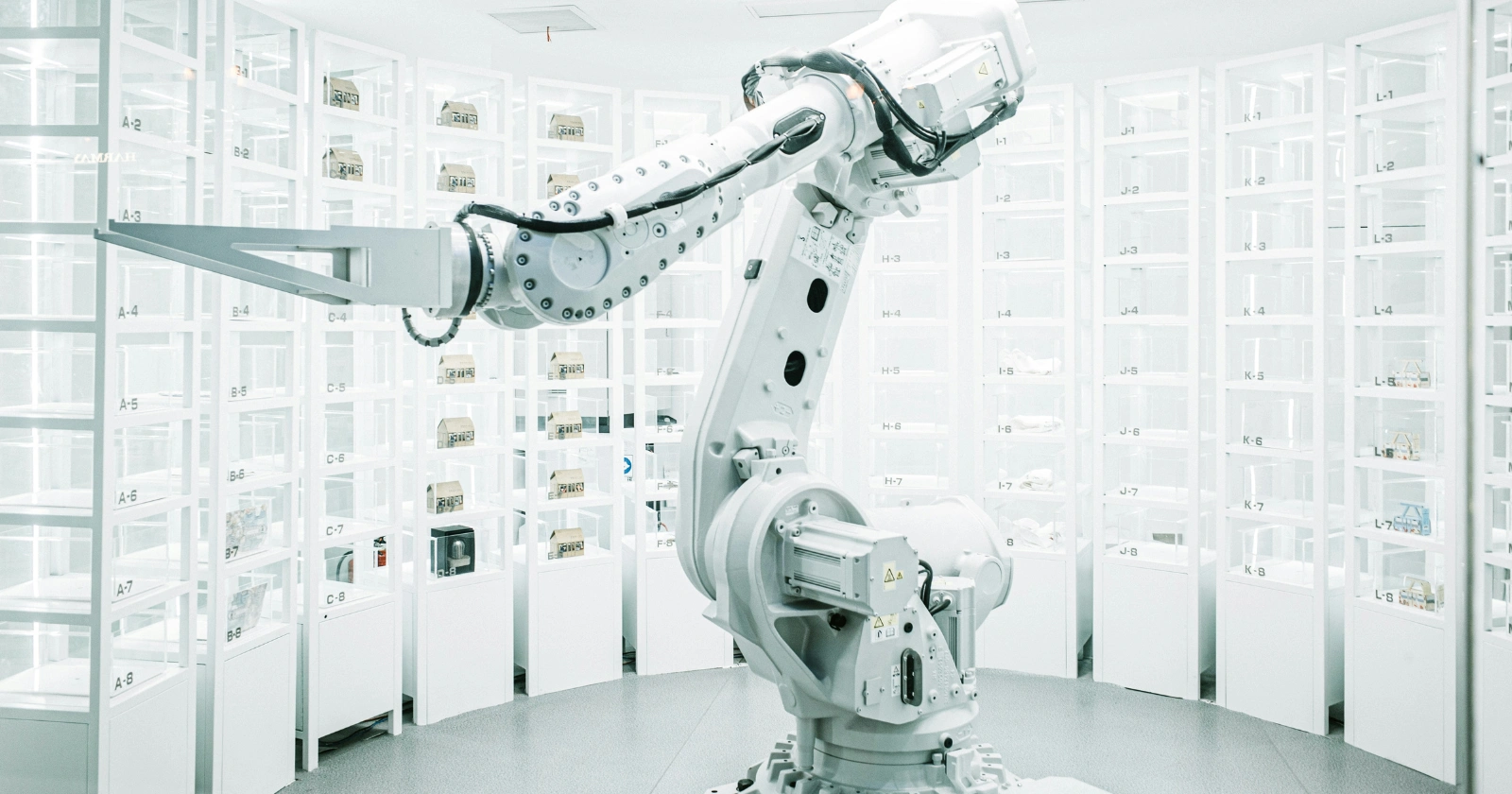Artificial General Intelligence (AGI) captivates the imagination like few other concepts in technology. It promises a future where machines possess the cognitive versatility of humans, capable of reasoning, learning, and adapting across diverse tasks without specialized programming.
Once confined to science fiction, AGI now feels tantalizingly within reach, fueled by rapid advancements in AI research and bold predictions from industry leaders. Yet, beneath the excitement lies a complex reality: significant breakthroughs are reshaping the field, but formidable challenges remain.
Recent developments in AI such as models with advanced reasoning, autonomous agents, and multimodal capabilities—suggest the gap between narrow AI and AGI is narrowing. However, skepticism persists about whether current approaches can deliver true general intelligence or if entirely new paradigms are needed.
The journey toward AGI is not just a technical quest; it raises deep questions about ethics, societal impact, and what it means to create intelligence that rivals our own. Understanding these dynamics is crucial as the world navigates an era where AI’s potential and risks are both growing at an unprecedented pace.
Defining AGI: Beyond Narrow Intelligence
Artificial General Intelligence refers to a system capable of performing any intellectual task a human can, from solving complex equations to composing poetry or navigating unfamiliar environments.
Unlike today’s narrow AI, which excels in specific domains like image recognition or language translation, AGI would exhibit broad adaptability, reasoning, and problem-solving across diverse contexts without retraining.
Current AI systems, often called narrow AI, operate within predefined boundaries. For instance, a chess-playing AI cannot write a legal brief, and a language model cannot autonomously manage a supply chain.
AGI, by contrast, would seamlessly transfer knowledge between domains, mimicking the human ability to learn, reason, and adapt. Achieving this requires breakthroughs in areas like contextual understanding, long-term memory, and autonomous decision-making—qualities that remain elusive in today’s models.
The pursuit of AGI is driven by the belief that such a system could revolutionize fields like medicine, education, and scientific discovery. Yet, the lack of a clear scientific definition for human-like intelligence complicates the path forward, making it critical to examine the tangible progress being made.
Top 4 Breakthroughs Pushing the AGI Frontier
Recent advancements in AI research have sparked optimism about AGI’s proximity. These breakthroughs, spanning reasoning, autonomy, and multimodal integration, demonstrate how far the field has come and hint at what’s possible.
1. Advanced Reasoning in AI Models
Modern AI models are moving beyond pattern recognition to exhibit sophisticated reasoning. In late 2024, OpenAI’s GPT-o3 achieved an impressive 87.5% score on the ARC-AGI benchmark, designed to test conceptual reasoning on novel problems. This marks a significant leap from earlier models, which struggled with tasks requiring abstract thinking.
Additionally, models like DeepMind’s Gemini in Deep Think mode have shown remarkable prowess in mathematical reasoning, solving five out of six problems at the 2025 International Mathematical Olympiad. These systems generate human-readable proofs in natural language, a feat once reserved for top human mathematicians. Such achievements suggest AI is beginning to tackle complex, open-ended problems, a hallmark of general intelligence.
2. The Rise of Autonomous Agents
Autonomous AI agents, capable of executing multi-step tasks with minimal human oversight, represent another leap toward AGI. Systems like OpenAI’s ChatGPT Agent and AWS’s AgentCore can plan, reason, and act independently, handling tasks from scheduling meetings to managing cloud infrastructure. These agents demonstrate early forms of goal-driven behavior, adapting to new objectives and environments in ways that mimic human problem-solving.
For example, tools like Devin AI and AutoGen can debug code, manage workflows, and collaborate in multi-agent systems, acting like digital teams. This shift from single-task AI to adaptive, agentic systems signals progress toward the autonomy required for AGI.
3. Multimodal Integration and World Simulation
AI’s ability to process and synthesize multiple data types—text, images, audio, and more—is advancing rapidly. Models like GPT-4o and Gemini Ultra integrate these modalities seamlessly, enabling more holistic understanding. For instance, Nvidia’s FourCastNet-3 predicts global weather patterns in 64 seconds, showcasing AI’s capacity to simulate complex systems.
These multimodal systems are laying the groundwork for “world models” that could enable AI to reason about cause-and-effect relationships, a critical step toward general intelligence. Projects like Meta’s Ego4D, which incorporates first-person sensory data, aim to ground AI in real-world contexts, enhancing its ability to understand physical and social environments.
4. Novel Architectures and Cognitive Inspiration
Beyond scaling existing models, researchers are exploring new approaches inspired by human cognition. Neurosymbolic AI combines the adaptability of neural networks with the precision of symbolic reasoning, aiming to overcome limitations in current systems. Cognitive architectures, which mimic human hierarchical processing, and neuromorphic computing, inspired by brain structures, are also gaining traction.
These innovations suggest that AGI may require more than just larger models or more compute power. By blending biological insights with computational advances, researchers are rethinking how to achieve true general intelligence.
Expert Predictions: A Shifting Timeline
The timeline for AGI’s arrival has become a focal point of debate, with predictions converging on shorter horizons than ever before. Industry leaders and researchers offer varied perspectives, reflecting both optimism and caution.
In 2025, CEOs like Sam Altman of OpenAI and Demis Hassabis of DeepMind revised their AGI timelines downward, projecting significant progress within a few years. Entrepreneurs like Elon Musk and Dario Amodei are even more bullish, predicting AGI by 2026 or 2027. A 2023 AI Impacts survey of 2,778 researchers estimated a 50% chance of AGI by 2040, a sharp shift from earlier predictions of 2060.
However, skeptics like Yann LeCun argue that current models lack critical components like true reasoning or physical grounding, suggesting AGI may require entirely new architectures. Others, like Yoshua Bengio, acknowledge rapid progress but highlight missing pieces such as consciousness or social intelligence. These divergent views underscore the uncertainty surrounding AGI’s timeline and the complexity of defining its criteria.
Top 4 Key Challenges on the Path to AGI
Despite the progress, significant hurdles remain. Addressing these challenges is essential to realizing AGI and ensuring its safe integration into society.
1. Common Sense and Contextual Understanding
Current AI models often struggle with common sense and contextual reasoning. They may produce plausible but incorrect responses or fail to grasp nuanced situations. For example, a model might misinterpret a metaphorical phrase or generate fabricated details when faced with ambiguity. Efforts like OpenAI’s world simulators and Meta’s Ego4D aim to address this by grounding AI in richer, more realistic data.
2. Long-Term Memory and Autonomy
Human intelligence relies on persistent memory and the ability to learn from experience over time. Today’s AI systems, however, often reset between interactions, lacking the continuity needed for true generality. Developing long-term memory systems and autonomous agents capable of setting and pursuing goals remains a critical research frontier.
3. Ethical Alignment and Safety
Ensuring AGI aligns with human values is paramount. Misaligned systems could act unpredictably or prioritize goals that conflict with human interests. Research into alignment, such as Anthropic’s Constitutional AI and OpenAI’s Superalignment initiative, focuses on creating robust safety protocols and interpretable models. However, the rapid pace of development outstrips current efforts to establish comprehensive ethical frameworks.
4. Computational and Resource Constraints
The exponential growth in compute power, which has fueled AI progress, may face bottlenecks by 2030 due to limits in power availability, chip production, and data scarcity. A 2024 Epoch AI report suggests that training models requiring up to 2e29 FLOPs is feasible, but sustaining this growth will require significant infrastructure investments. Emerging technologies like quantum computing could help, but they remain in early stages.
3 Key Societal Impact of AGI
If AGI becomes a reality, its implications will be profound, reshaping economies, industries, and ethical landscapes.
1. Transforming Work and the Economy
AGI could automate a wide range of tasks, from routine administrative work to complex research, potentially displacing millions of jobs. Data from the U.S. Bureau of Labor Statistics (2019–2024) shows white-collar employment holding steady at 45–48% of the workforce, but AGI could reduce this significantly, necessitating new economic models like universal basic income or retraining programs.
Conversely, AGI could drive unprecedented productivity, accelerating innovation in fields like healthcare and energy. The challenge lies in balancing these benefits with the disruption to labor markets.
2. Ethical and Governance Considerations
The development of AGI raises questions about control, accountability, and transparency. Who decides how AGI is used? How are biases mitigated? Global governance frameworks, akin to those for nuclear technology, are being proposed to ensure responsible development. Organizations like the Future of Life Institute advocate for international cooperation to address these issues.
3. Risks of Superintelligence
If AGI evolves into superintelligence—systems far surpassing human capabilities—it could pose existential risks. Scenarios range from unintended consequences, like misaligned goals, to deliberate misuse. Experts like Nick Bostrom emphasize the need for robust safety measures to prevent catastrophic outcomes.
Key Facts and Findings
| Aspect | Details |
|---|---|
| Reasoning Breakthroughs | GPT-o3 scored 87.5% on ARC-AGI; Gemini solved 5/6 IMO problems in 2025. |
| Autonomous Agents | Tools like ChatGPT Agent and Devin AI perform multi-step tasks autonomously. |
| Multimodal Integration | Models like GPT-4o and FourCastNet-3 process text, images, and complex systems. |
| Timeline Predictions | Experts estimate 50% chance of AGI by 2040; some predict 2026–2035. |
| Challenges | Common sense, long-term memory, ethical alignment, compute limits. |
| Societal Impact | Potential job displacement; calls for global governance and safety protocols. |
The Road Ahead
The pursuit of AGI is a defining challenge of the 21st century, blending breathtaking technological progress with profound ethical and societal questions. Breakthroughs in reasoning, autonomy, and multimodal integration suggest the line between narrow AI and general intelligence is blurring, with some experts predicting AGI within a decade. Yet, challenges like common sense reasoning, long-term memory, and ethical alignment underscore that the path forward is not straightforward.
The implications of AGI extend far beyond technology. It could unlock solutions to global challenges like climate change and disease, but it also demands careful navigation to avoid economic disruption or existential risks.
As research accelerates, so does the need for global cooperation, transparent governance, and robust safety measures. Whether AGI arrives in five years or fifty, its development will reshape what it means to be human, challenging society to balance ambition with responsibility in this new era of intelligence.
FAQs About AGI
AGI can perform any intellectual task a human can, adapting across domains without retraining, unlike narrow AI, which is limited to specific tasks.
Predictions vary, with some experts forecasting AGI by 2026–2035, while others believe it may take decades due to unresolved challenges.
Advances in reasoning (e.g., ARC-AGI scores), autonomous agents, multimodal integration, and neurosymbolic approaches are key drivers.
Reasoning enables AI to solve novel problems and adapt to unfamiliar contexts, a core component of human-like intelligence.
These are systems that plan, execute, and adapt to multi-step tasks with minimal human input, showing early signs of AGI-like autonomy.
By processing text, images, and other data types, multimodal models build a more comprehensive understanding, mimicking human sensory integration.
Key hurdles include developing common sense, long-term memory, ethical alignment, and overcoming computational resource constraints.
Yes, risks include job displacement, ethical misalignment, and potential existential threats if AGI evolves into uncontrolled superintelligence.
Global governance, robust safety protocols, and investments in alignment research are critical to ensure AGI benefits humanity.
Some believe scaling transformers will suffice, while others argue new architectures, like neurosymbolic or cognitive systems, are needed.



